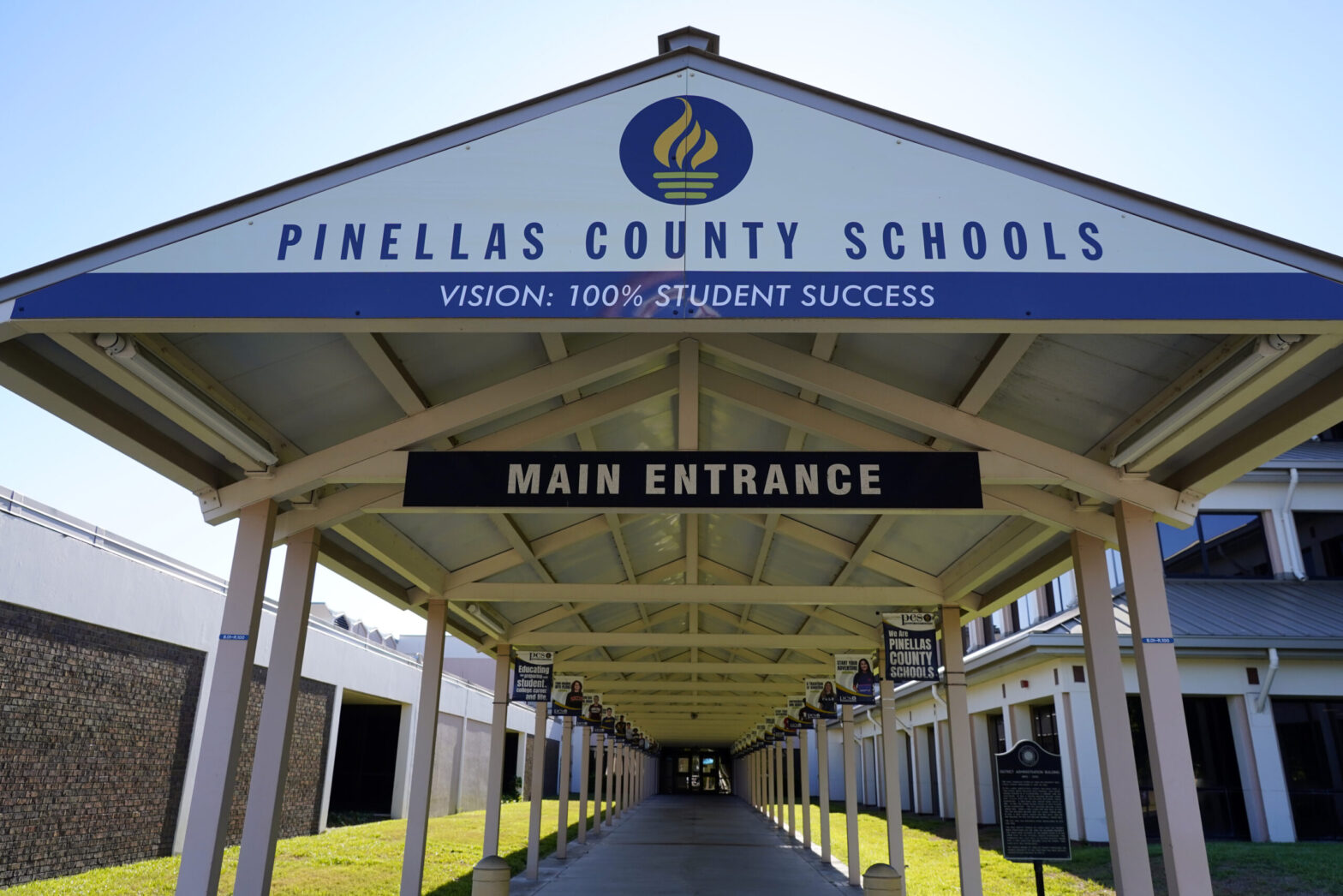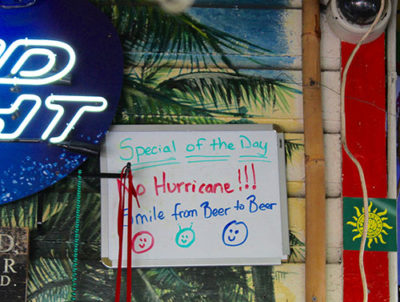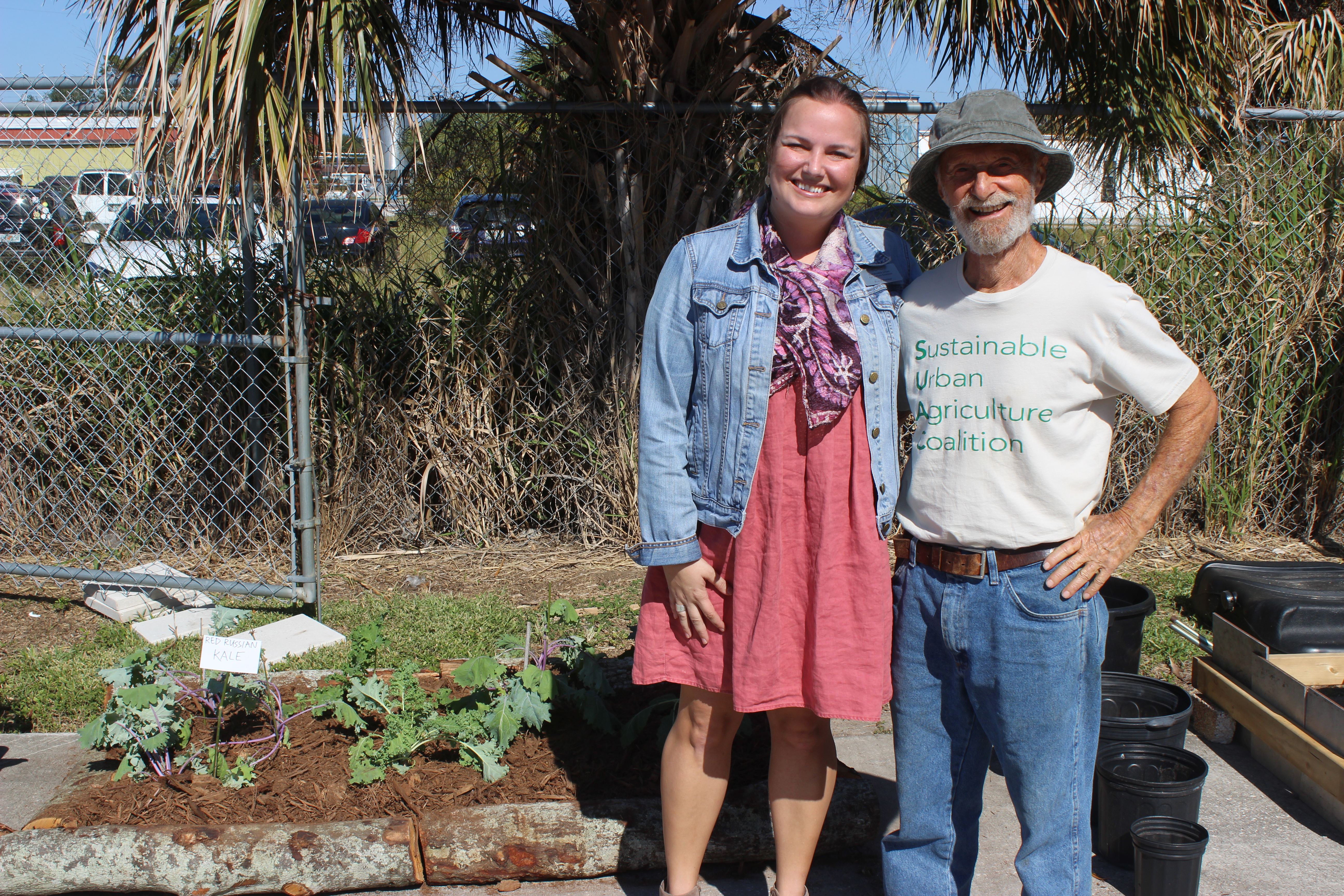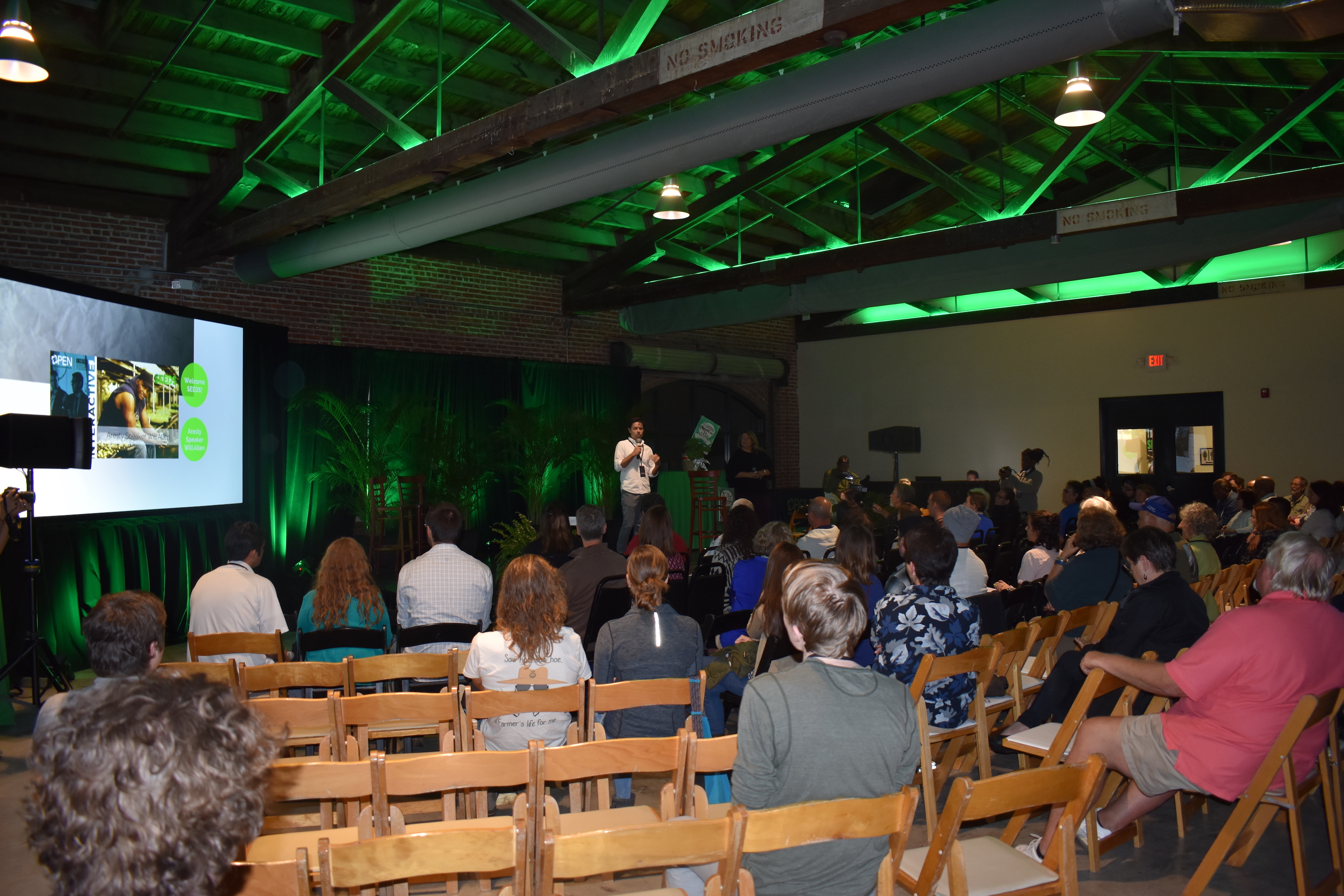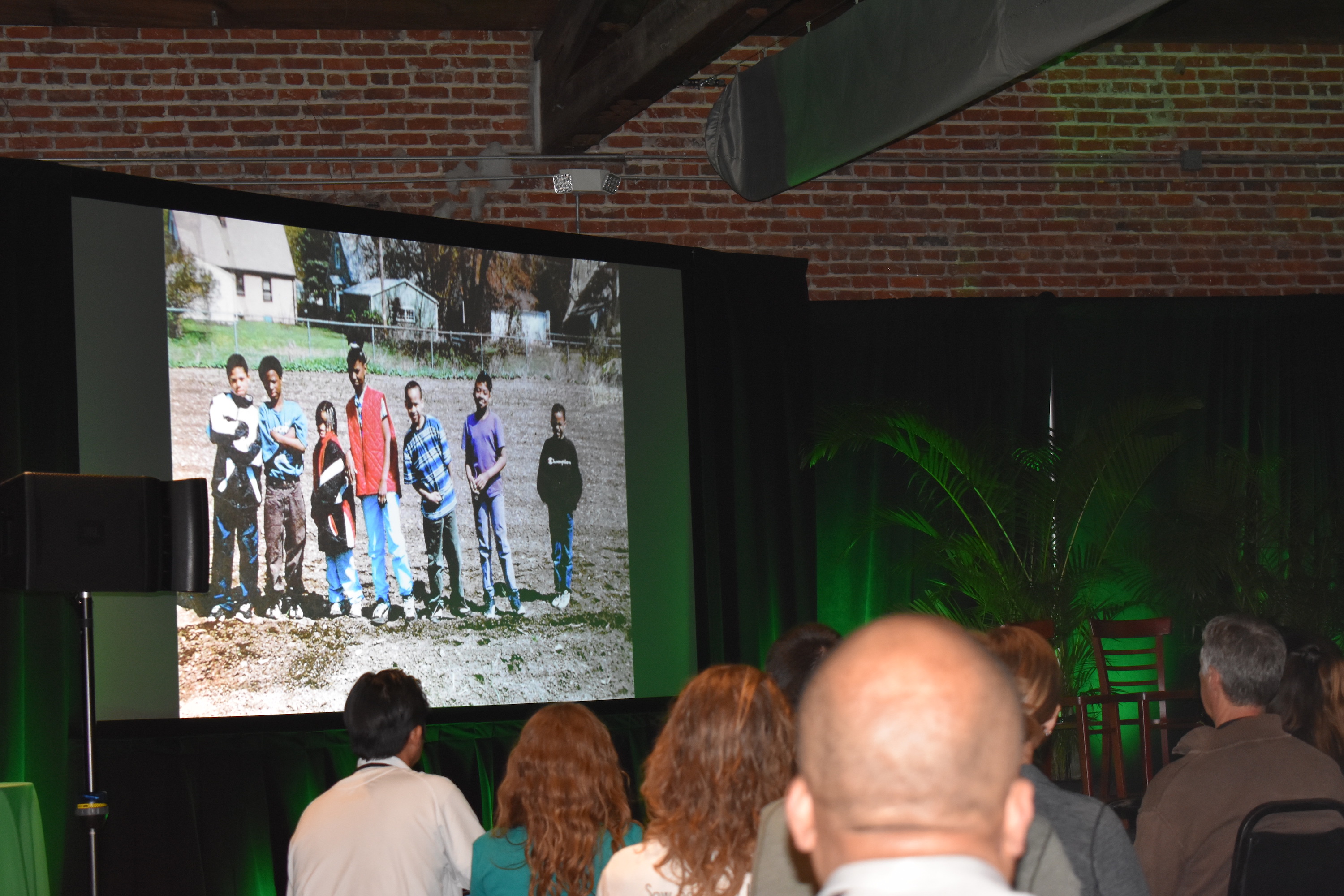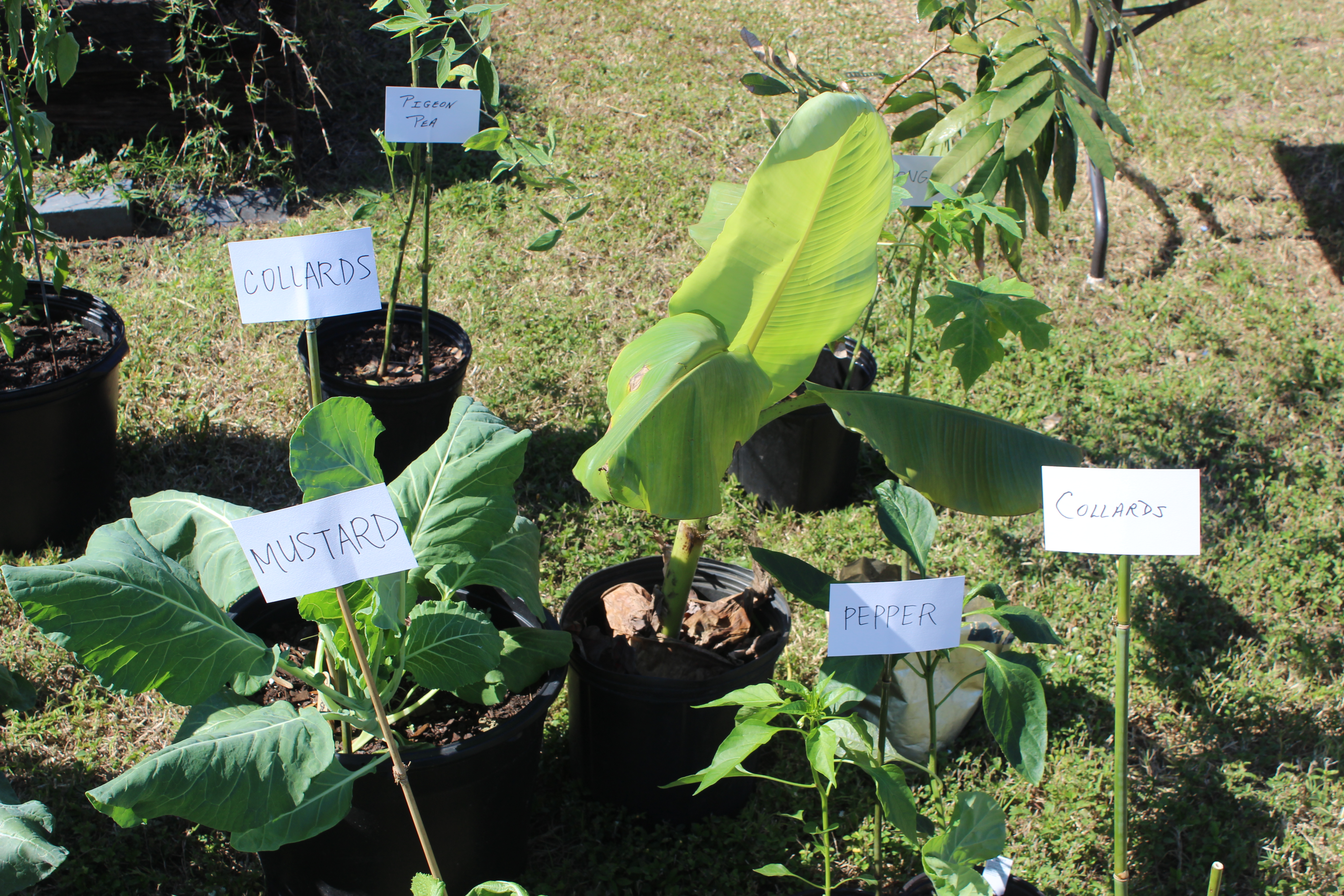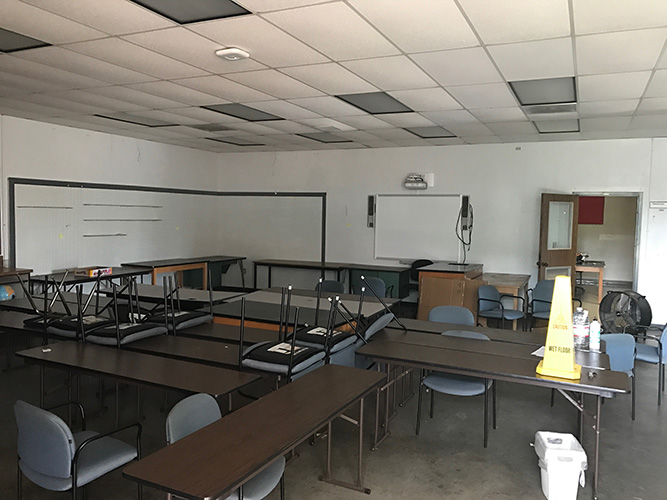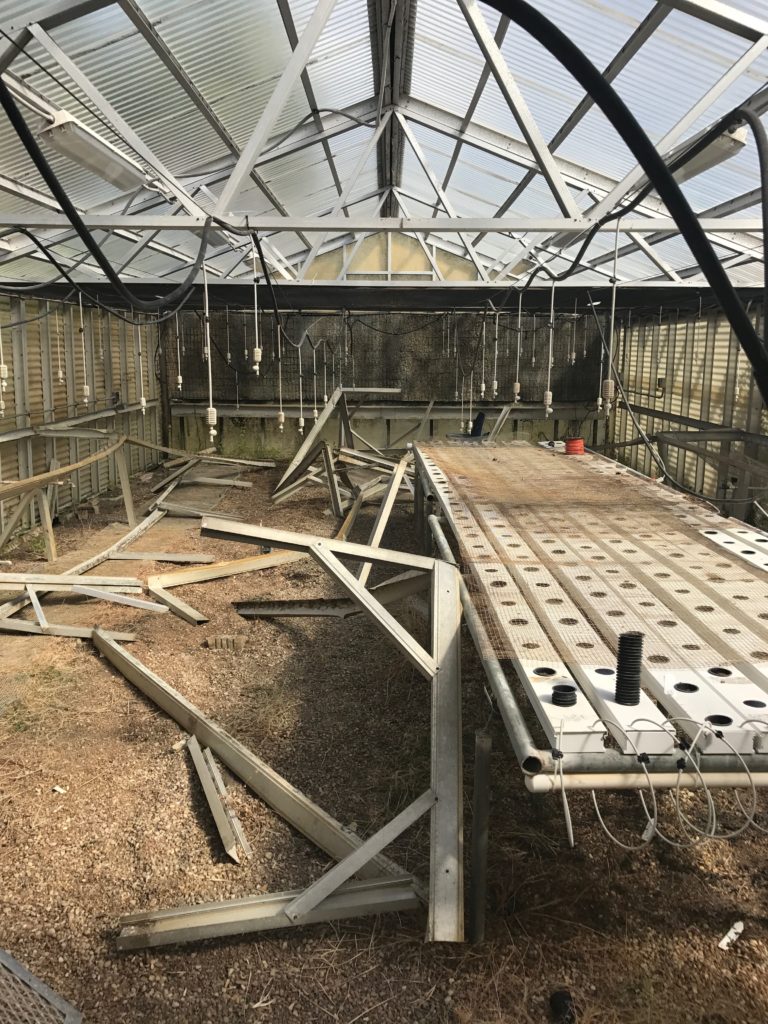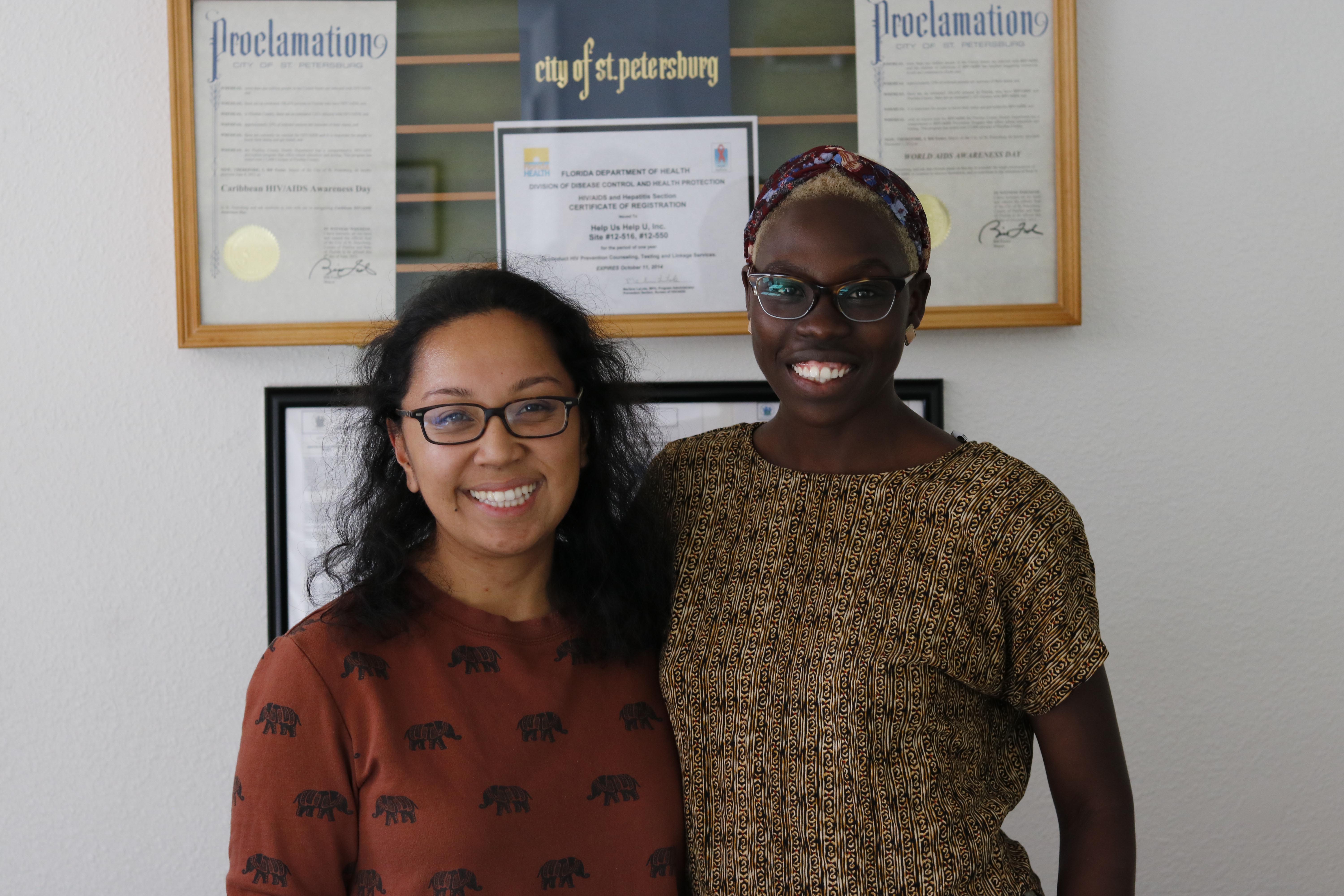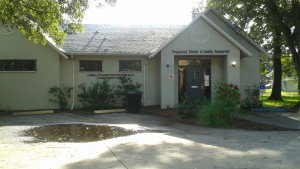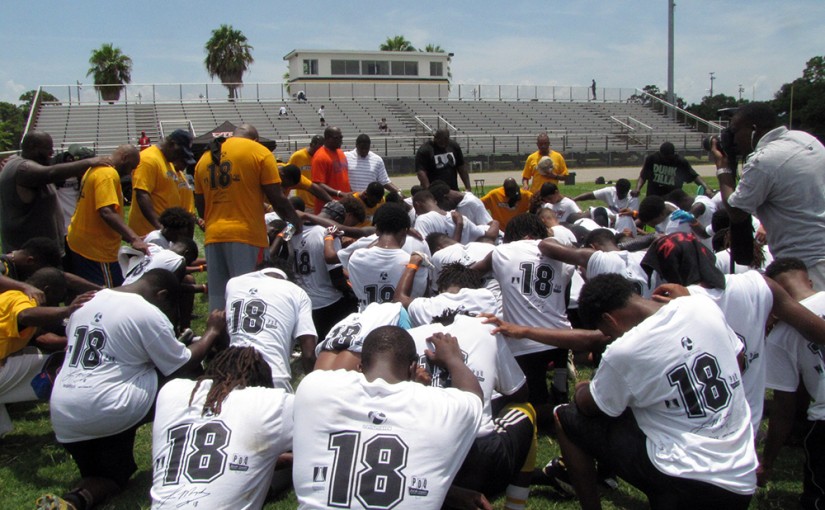By Stephanie Glass
Pinellas County schools recently increased their budget for mental health services, but many students feel the expanded resources are not sufficient to address the pressures of modern adolescence.
“I think they try, but they really don’t know how to reach out,” a junior from Gibbs High School, who prefers to remain anonymous, said. “It feels like they just tell us to reach out and let us know, but how can I tell you if I don’t feel comfortable?”
A 2024 Centers for Disease Control and Prevention study found that 39.7% of students reported persistent feelings of hopelessness, with 28.5% experiencing poor mental health.
Suicide attempts were also found to be more prevalent among underclassmen compared to their upperclassmen peers.
“Because of my busy schedule, I feel burnt out and drained,” said the junior from Gibbs High School. “I have a lot of self-doubt, and my teachers make it harder because they can be disorganized, which makes me feel insecure and stupid.”
The pressures extend beyond daily schoolwork, with looming concerns about college applications, financial stability and future plans.
“A lot of my friends are in the National Honor Society, and we are stressed about money and where we’re going,” the junior said. “Can I even get into the college I want at this point?”
For some students, the stress is intensified by the uncertainty in how they will afford higher education.
“I don’t know if I’ll be able to go to college,” said Karla Jimenez, a sophomore from Pinellas Park High School. “I might have to start working soon to save up.”
The county currently offers access to the 988 hotline and other similar suicide prevention communication methods, including foundations that can assist with at-risk students.
Each high school in the region is also equipped with social workers, guidance counselors and other various specialists to assist the students.
The district has significantly increased the budget for the local schools by adjusting the local taxes and implementing a plan that prioritizes student success and caring relationships.
India Stallings, a counselor at Hollins High School, said it may take time before the budget increases lead to tangible changes.
“Regarding the impact of recent budget increases, we have not observed any tangible effect thus far,” Stallings said. “Based on our understanding, it is most likely that any significant impact would not be evident until the 2025-2026 school year.”
Some students have expressed understanding that the support they do receive is reflective of the efforts of their school staff.
“I think the school does the best that they can in balancing the stress,” said Abigail Aldas, a junior at Gibbs High School. “We have good counselors, and they do the best they can.”
As Pinellas County commits to the improvement of mental health services, future students can benefit from these efforts and receive better support in managing the challenges they face.
